ヤワラート Yaowarat Area
↑↑↑ クリックするとマップが拡大します
お好きな場所をクリックして下さい<大きくなります> : Please click a favorite place list
-
チャイナタウンは徒歩で散策しやすい場所で、バンコクの台所をまかなう中心的な市場でもあります。
- サムペン市場の町歩きマップ携帯保存版FREEdownload
また、徒歩で動きやすく市場の路地裏でのショッピングを堪能したり、歴史的建造物が多く見どころ満点の観光スポットでもあります。
*****ワンポイントチャイナタウンの歴史*****
タイ最大のチャイナタウン、バンコク「ヤワラート」エリアチャイナタウンの歴史は、中国の移民がタイに住んで定住するようになったのは、1782年年代ラーマ1世が王となり、帝国政権下の時代まで遡ります。このときに小さなチャイナタウンが出来たのが始まりです。 現在のチャイナタウン設立は、タイの新首都の設立の時期で1902年に、現在ある壮大な宮殿の土地は、もともと中国人の貿易商の物でした。
時の王様は、宮殿建設のため、中国人貿易商に移動する事を求めました。
彼らは川に沿って、新都市の東に定住しました。それがサンペンレーン一帯だったのです。今は、十分な広さが無い狭いサンペンレーン通りですが、かつてチャイナタウンの メインストリートだったのです。
チャイナタウンの東に定住した中国人コミュニティは、十分な広さが無い狭いサンペンレーン通りに代わる大きな道路の建設を王様に陳情をしました。
それが現在のヤワラートロードです。
***** ワンポイントガイド *****
今回は、中華門のご紹介!!
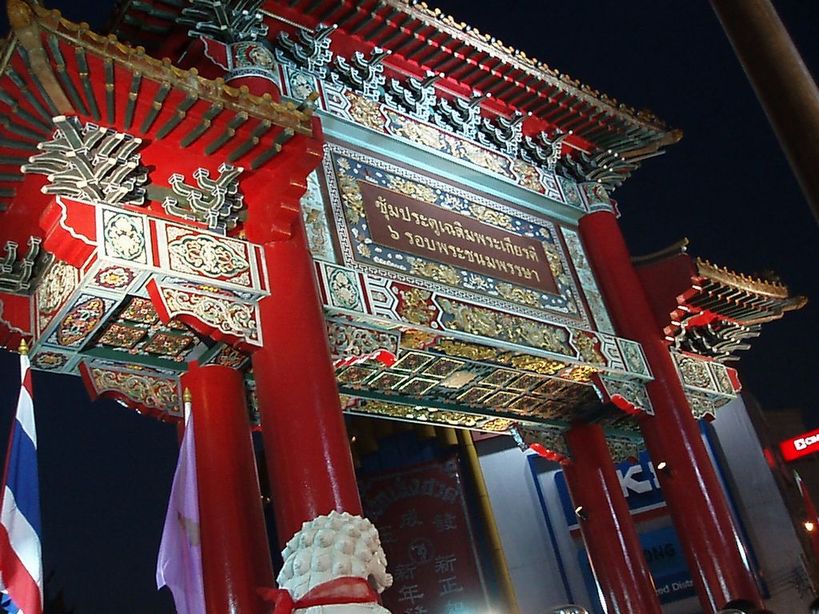
世界各地のチャイナタウンが観光地化が進みましたが、その中でもにトップクラスにあるといわれるバンコク中華門。
中華門の建設ですが、国王が72歳になったのを記念して1999年5月に中国系の住民が建てたそうです。
ここバンコクチャイナタウンメインストリートの入口に、豪華絢爛な門がそびえ立っています。近くにはワット・トライミットがあり、そこから少し歩いたところにあるヤワラートの入口です。
この門を中心に、何本かの道があるので方向おんちは気をつけて慎重に進んだほうが良いかも・・・。
この中華門は、特別な場所でもあるんですよ。
中華門の下、中央部分に「金色」になっている場所が1箇所あります。
<写真中央を探して見てください> そして、門の下の地面には、サークルがあります。
バンコクにすむ中国人は、旧正月に中華門へ参拝をします。その時に、サークル内に立ち、門の下にある「金色の部分」にお願い事をするのです。
(占星術で旧正月のこの時期に最高のエネルギーをもらえるそうです。)
エネルギーをもらえた人は、「一年が良い年」になるそうです。
バンコク市内のチャイナタウン(ヤワラー)の中華門付近に行くにはバスが便利です。
73番バスはファランポーン駅前・MBK・サイアム・伊勢丹方面から乗車出来ます。
<<裏話情報>>
バンコクには《華僑報徳善堂本部》という団体があります。
高所得の華僑が慈善団体を通じて、低所得の純粋タイ人に食料をばら撒く、季節の風物詩となっています。中には、バンコク首都圏中の孟蘭勝会を回って、数か月分の米をバス代のみでGETするという強者もいるそうです。 専門用語で「陽施」と呼ばれています。
普段、数千バーツ前後の月給でタイ人のメイドさんを使っている駐在員の方でメイドさんを孟蘭勝会に行かせて米などの食料品を貰い、それをボーナス代わりにする方もいるそうです。
***** ワンポイントガイド *****
今回は、サムペン市場のご紹介!!
サンペンレーンはチャイナタウンの別のにぎやかな通りです。
大きなショッピングセンターはありませんが、その狭い道を歩いているとタイ式トリップが体験できると思います。
エリアごとに販売しているものが違うのも特徴です。
アクセサリーの材料や布・手芸品・宝石・真珠なんでもそろうエリア
ノートパソコン・カメラ・DVDプレーヤーなどの電化製品エリア
業務用家電・工具・ショーケースのエリア
おもちゃ・玩具・雑貨のエリア
まだまだ一杯ありますので探索してください。(マップを自由にダウンロードしてください)
サンペンレーンにある金のジュエリー・アクセサリーのお店、古い中国の漢方薬局は人気があります。
サンペンレーンの道路西端の北側にはナコンカセム「泥棒市場」と呼ばれるアンティーク街がありタイと中国の商品を売る店が並んでいます。
地元の人々や観光客に対して非常に低価格で、中古商品を販売するお店が多くあります。
パフラット市場はチャイナタウンの西端に位置しており、インドの織物やインド料理を探求でき興味深いエリアです。
実際に歩くと、チャイナタウンの全体は多くの物を選べる賑やかな市場、魅力的な雰囲気に囲まれた場所なのです。
12カ国語達人のバイリンガルマンガ
Yaowarat Road itself is lined with many gold shops, and Chinatown is indeed one of the better places to shop for gold. However, just off the road in either direction is a whole other world where, it is said, you can find just about anything. Chinatown is an easy place to explore on foot, and in fact there really isn't any other way. Our own suggested walking tour takes in many of the sights of Chinatown, as well as the Indian market at Phahurat and the flower market further on.
The Chinese community in Bangkok pre-dates the founding of the Thai capital in the city. Indeed, the land where the grand palace is today was originally a community of Chinese traders. When King Rama I decided to establish the capital on the site of the village of Bangkok, he asked the traders to move. They settled to the east of the new city, along the river. It may be hard to believe today, but the narrow Sampaeng Lane, which isn't even big enough for a car, was once Chinatown's main street.
In 1902, the foreign community, who settled on the river further east of Chinatown, petitioned the king for a larger road. Yaowarat Road was built as a result, and the celebration of the road's 111 th birthday was the highlight of Chinatown's 2003 Chinese New Year celebration. The most prominent tourist attraction of Chinatown is the Wat Traimit, located near the intersection of Charoen Krung and Yaowarat Road. It enshrines a 3m Buddha image, made of 5.5 tonnes of gold, which is also the largest solid gold image of Buddha in the whole world. Another tourist hotspot is the Yaowarat Road. It is Chinatown's main street and stands hemmed with innumerable shops that sell gold at very reasonable prices.Apart from that, the eateries here are renowned for their authentic Chinese cuisines, ranging from dripping bird-nests soup and shark fin soup to piping hot dim sums and Szechwan noodles.
Sampeng Lane is another busy street of Chinatown. Even though the place does not provide any great shopping delights, just walking down its narrow street proves to be a very good experience. Especially, the Tang To Gung gold shop and an old Chinese pharmacy located here are worth a visit. To the north of the western end of Sampeng Lane is the Nakhon Kasem or the 'Thieves Market', lined with shops selling antique Thai and Chinese items. SampengThere are also many shops here that sell second-hand items at unbelievingly low prices, which make it very popular amongst both locals and tourists.
However, the original main street of Chinatown is the small narrow alley that runs from the Phahurat Market to Songsawat Road.The place sells only cheap household items and is no match to the actual Chinatown of today. Phahurat market is located on the fringe of Chinatown and is an interesting area to explore Indian fabrics and Indian cuisines. In fact, the whole of Chinatown offers tourists many pleasant alternatives amidst its bustling markets and inviting ambience.A trip to Bangkok, especially during the event of Chinese New Year, calls everyone for a quick visit to this colorful district of Chinatown.
The colour red is the colour of these days, because red is the most auspicious colour, representing the element of fire . the upward motion in all aspects of life, a symbol of happiness, vitality, passion, and creativity; red is said to bring good luck, fortune and fame. New clothing will be bought favoured in red colour and be worn the next days. On the entrances new Red Banners made of red paper with wishes for abundance and luck will be placed.
*****Getting hungry by now?*****
All over China Town there are food stalls and restaurants offering a tremendous selection of various Thai-Chinese style dishes for every taste. Chinatown district is one of the oldest areas in Bangkok and one of the most exciting places to amble around, while in the city. An impressive and colossal Chinese gate marks the entrance to China Town area, at Odeon Circle, and the place stretches until the Ong Ang Canal, which marks the outer boundaries of the royal district. The history of China Town dates back to 1782, when the Chinese immigrants came to settle in the place under the imperial regime of King Rama I. Thus, one can witness a huge population of Chinese here, who have been residing in Thailand from ages.
In recent years, HRH Princess Maha Chakri Sirindhorn was invited to preside over the opening ceremony of the festival here.
The orange in the Chinese language is called "kik" meaning good luck. So, an exchange of oranges means an exchange of blessing.
Some families may prepare "khanom-2" to serve their guests as well.Khanom-2 are sweetened Chinese rice dumplings whose colour is pink.The easy-to-chew characteristic of the dessert signifies good fortune and the convenience in doing everything.





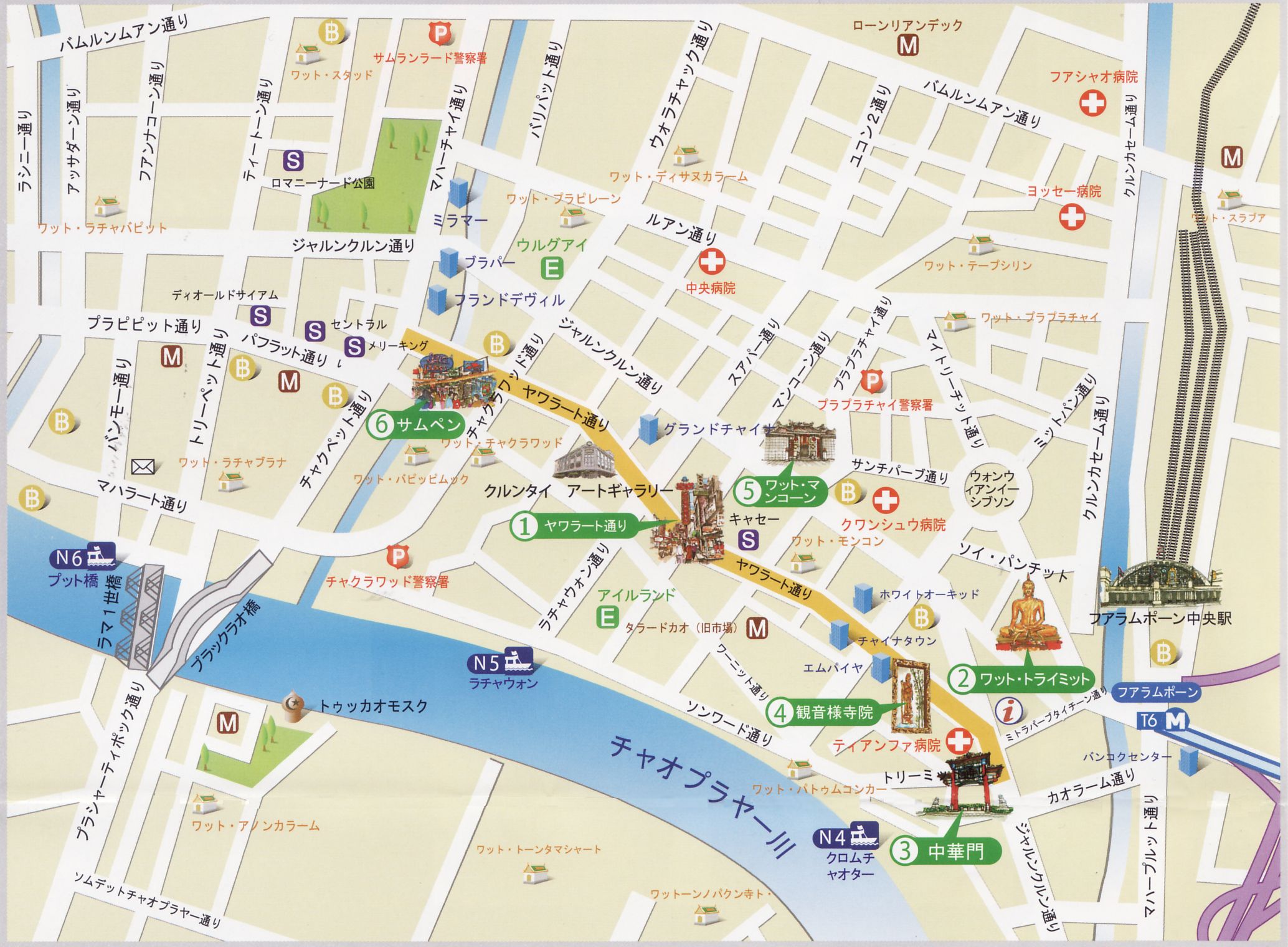
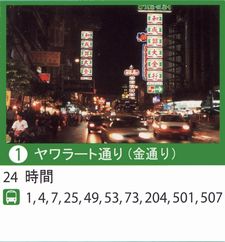
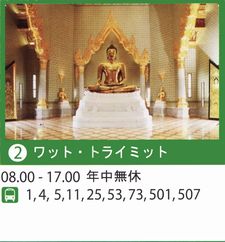
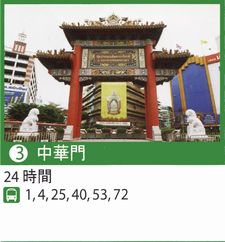
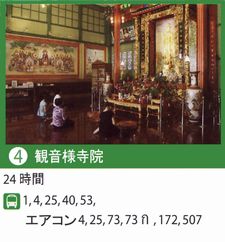
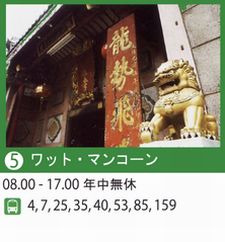
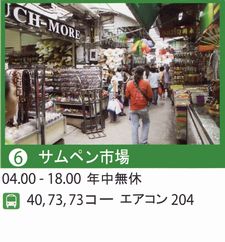
 ……
……